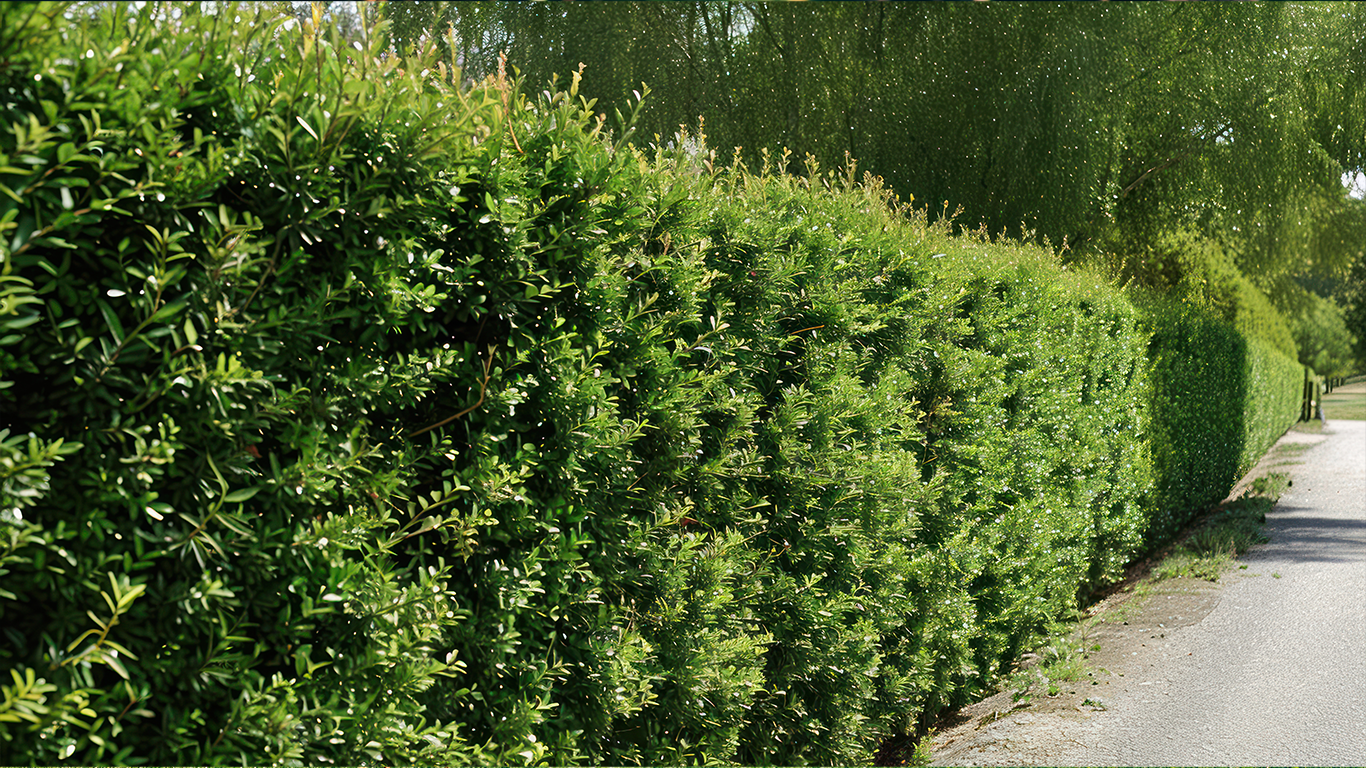Hedges
Hedges are rows of trees and bushes on the edges of fields, meadows or rivers. They represent an important element in our traditional landscapes and are known for their multiple environmental services. The hedge varieties chosen depend on the soil and climate conditions, as well as the role they are intended to perform. The upkeep of the hedges generates local woody fuel that is mainly used in a domestic setting.
Environmental advantages
Hedges do not need to be fertilized, nor do they require phytosanitary products, which contributes to the protection of underground waterways. They help in the fight against erosion by improving the infiltration capacity of the soil and reducing sedimentary runoff. Hedges provide a number of advantages to agriculture, acting as a windbreak, creating microclimates, or protecting livestock. They encourage biodiversity, allowing for the creation of ecological corridors, encouraging pollinators and game.
What is the harvested wood used for?
Harvested wood from trimming and hedge management will mainly be wood logs or ground up into briquettes and used as fuel for boilers. The ground wood can also be used to improve the soil (organic carbon) directly in the form of Ramial Chipped Wood (RCW) or indirectly by composting. The high-quality cuts can also be used as lumber.





